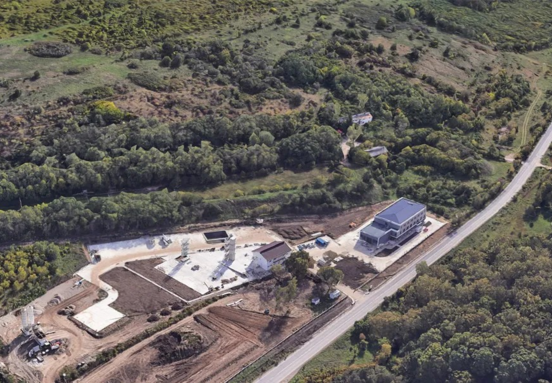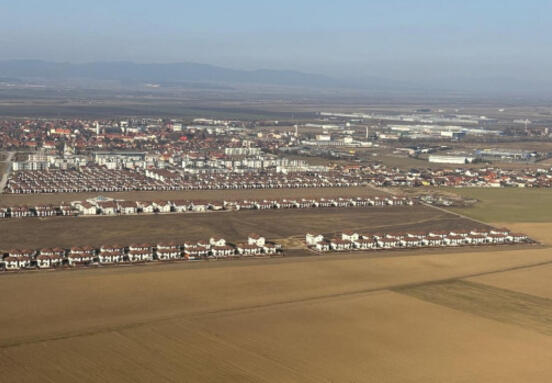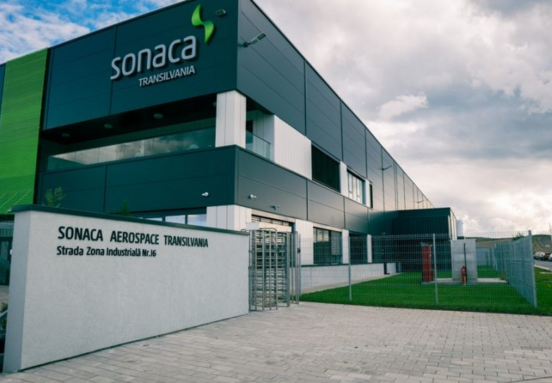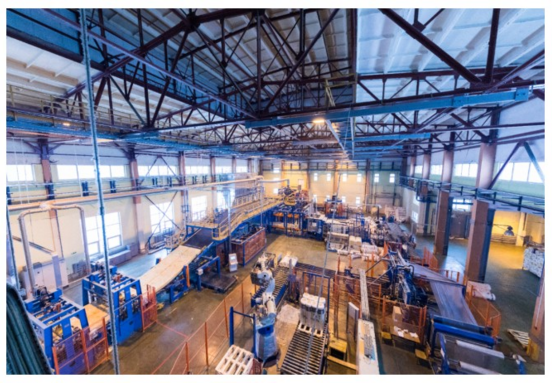"The main driver of market evolution over the last three years has been the expansion of retailers based on an accelerated increase in consumption. While Romania is behind other countries in online trade, this segment has grown in total sales from 4% 2016 to 5.6% last year, according to GPEC, and is expected to grow to 10% by 2022. Once a higher percentage of consumption is transferred from offline to online, the logistics segment is a direct beneficiary of this global transformation", said Sînziana Pardhan, P3 Managing Director in Romania.
The area occupied by electronic commerce in storage is difficult to measure with precision, as it also includes some of the traditional retailer's demand for storage that is increasingly allocating space to their online store, a space that is not reflected in statistics. As the online segment reaches the critical mass in retailer affairs, they will increasingly focus on managing separate logistics for online stores, which will provide them with better operational efficiency. According to Colliers International, in 2017, 47% of storage space was taken over by logistics, 17% by retail, 6% by electronic commerce and 4% by FMCG.
Storage for e-commerce comes with its own specifications and requirements: it generates more demand for storage space. This type of business requires estimated storage space up to three times higher than classic retail; changes the type and specifications of the deposits. In Western Europe we can see an increase in demand for XXL warehouses, as well as smaller cross dock facilities, free heights of the ceiling of at least 10 m, more parking spaces for staff and customers, automation; changes location requirements.
"Romania's logistics and industrial space market is further expanding and will gain more when the infrastructure to and from the main neighboring markets is completed. Romania has a strong potential for development on this segment, there is still much space to grow up when we reach the level of other Central European countries, such as Hungary, the Czech Republic and Poland, "added Sînziana Pardhan.
One can observe the potential of Romania by analyzing the storage stock in Central and Eastern Europe, which, according to Cushman and Wakefield, looks like this: Poland - 10 million square meters for a population of 38 million, the Czech Republic - 5.7 million sqm to a population of 10.5 million inhabitants, Slovakia - 1.3 million square meters for a population of 5.4 million inhabitants, Hungary - 1.9 million square meters for a population of 9.8 million inhabitants and Romania - 3 million sq m to a population of 19.6 million inhabitants. (source: capital.ro)







